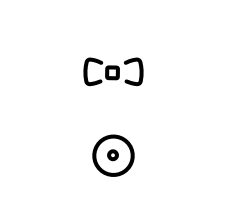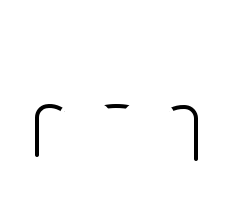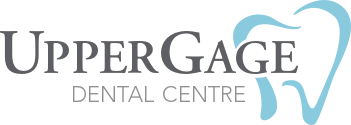

Save Your Natural Teeth
If you can save a natural tooth from having to be removed, it is worth doing so. If you are able to keep a natural tooth rather than leaving an empty gap, your other teeth will be less likely to drift out of line and cause jaw problems. A root canal treatment can help you retain a natural tooth that has become inflamed or infected.
What is a Root Canal Treatment?
A root canal procedure consists of treating a broken, decayed, or injured tooth of infection by removing the affected tissue (pulp) from inside the crown and roots of a tooth.
Inside of each tooth is a soft space called the root canal system. This system contains dental pulp made of nerves and blood vessels which are essential to helping your teeth develop. A tooth can become abscessed when bacteria enters the tooth through cavities, cracks, or breaks. An abscessed tooth can cause serious pain and swelling if not treated properly.
The Root Canal Procedure
A root canal procedure starts with your dentist administering a local anesthetic to “freeze” the area they will be treating. Once the affected area is frozen, a rubber dam will be placed around the tooth to protect it from bacteria during the procedure.
Your dentist will then make an opening in the infected tooth so they can reach the root canal system and remove the infected tissue.
Once the infected tissue has been removed, the canal of your tooth will be disinfected, shaped, and sealed with a natural rubber-like material called gutta percha. The hole created in the tooth is then sealed by a filling.
A root canal treatment can be conducted over 1 or 2 visits to our office. The affected area may feel tender for a week or 2 after your procedure.


Our Location
Our Address
- 1000 Upper Gage Ave, Unit 11
- Hamilton, ON L8V 4R5
Contact Us
- Phone: 905-387-3610
- Email: [email protected]
Centre Hours
- Monday: 9:00 AM – 5:00 PM
- Tuesday: 9:00 AM – 8:00 PM
- Wednesday: 9:00 AM – 5:00 PM
- Thursday: 9:00 AM – 8:00 PM
- Friday: 9:00 AM – 5:00 PM
- Saturday: 9:00 AM – 3:00 PM
- Sunday: Closed

Our Dental Services
Our Google Reviews

What to Expect During Dental Exams?
Dental ExamsDental HealthA dental exam is a comprehensive check-up where your dental team carefully reviews your oral health, listens to your concerns, and works with you to maintain a healthy smile. […]
How Long Do Dental Fillings Last?
Dental FillingsAnd the answer to how long a dental filling lasts depends on the material used and your daily oral health habits. […]
What Happens After Tooth Extraction: Your Next Steps
Dental HealthTooth ExtractionAfter a tooth is removed, your body begins a natural healing process that starts with forming a protective blood clot, followed by new tissue growth over several days and weeks. […]
What to Expect During Dental Exams?
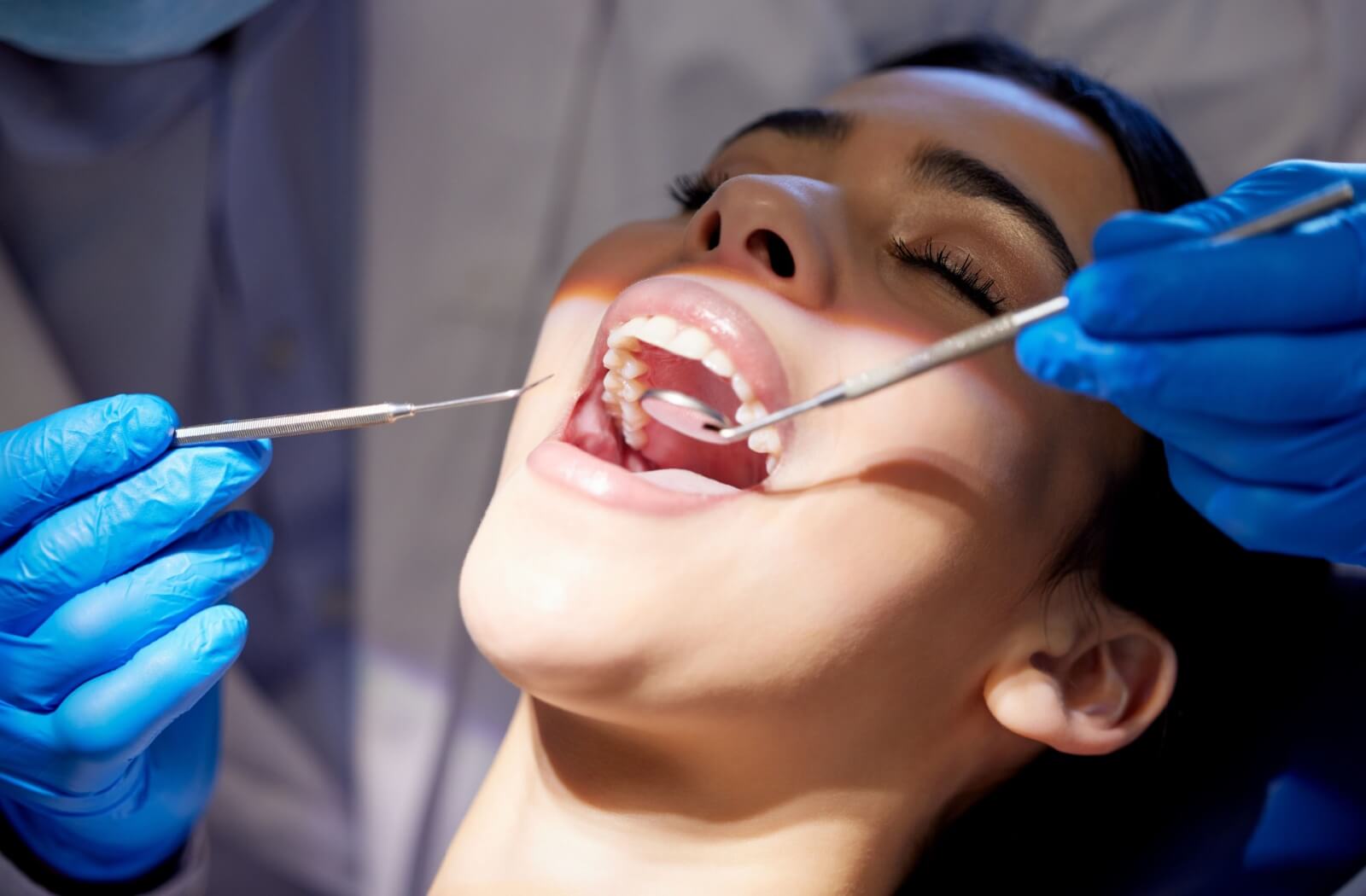
A dental exam is a comprehensive check-up where your dental team carefully reviews your oral health, listens to your concerns, and works with you to maintain a healthy smile. […]
How Long Do Dental Fillings Last?

And the answer to how long a dental filling lasts depends on the material used and your daily oral health habits. […]
What Happens After Tooth Extraction: Your Next Steps
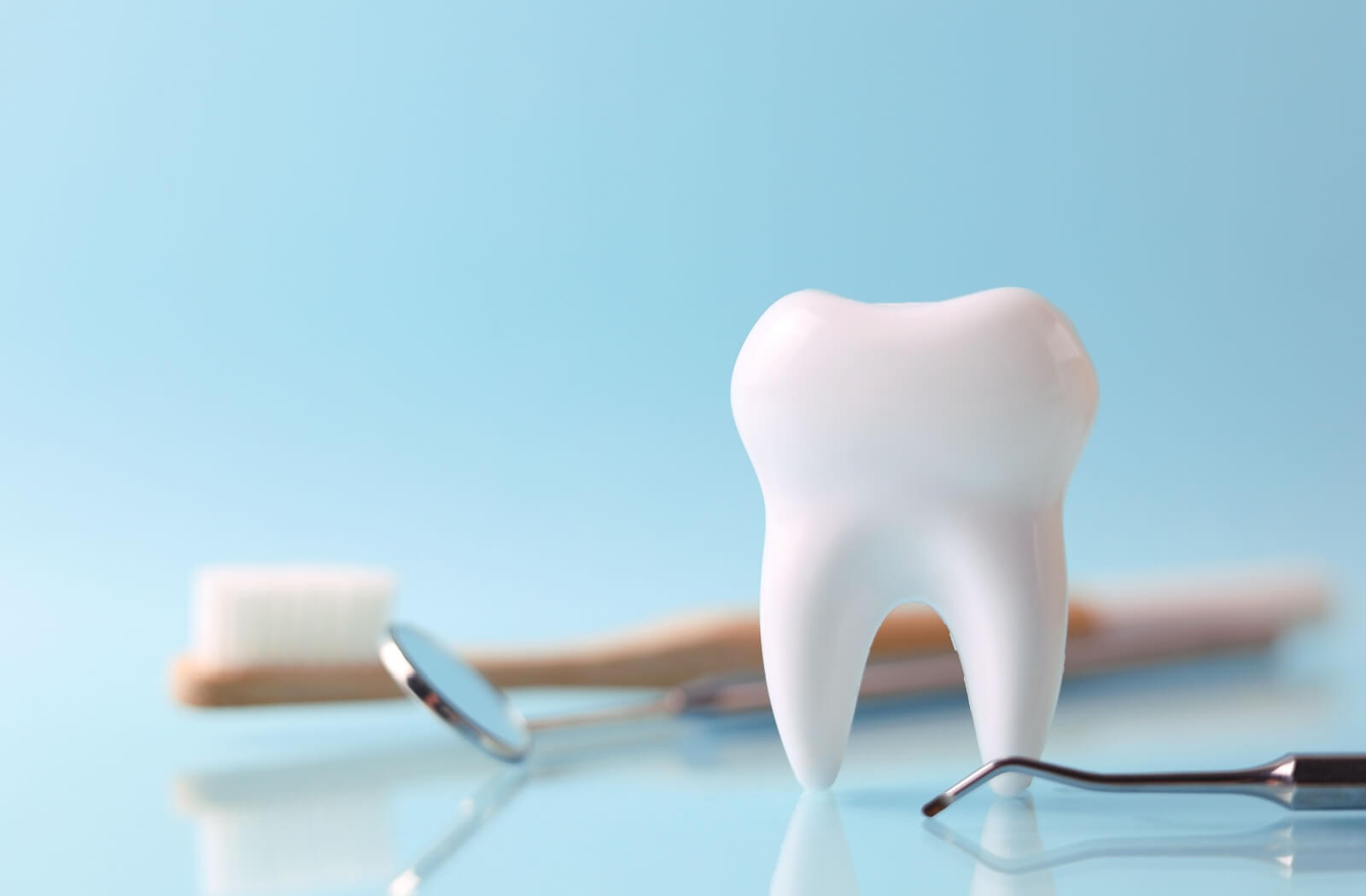
After a tooth is removed, your body begins a natural healing process that starts with forming a protective blood clot, followed by new tissue growth over several days and weeks. […]



